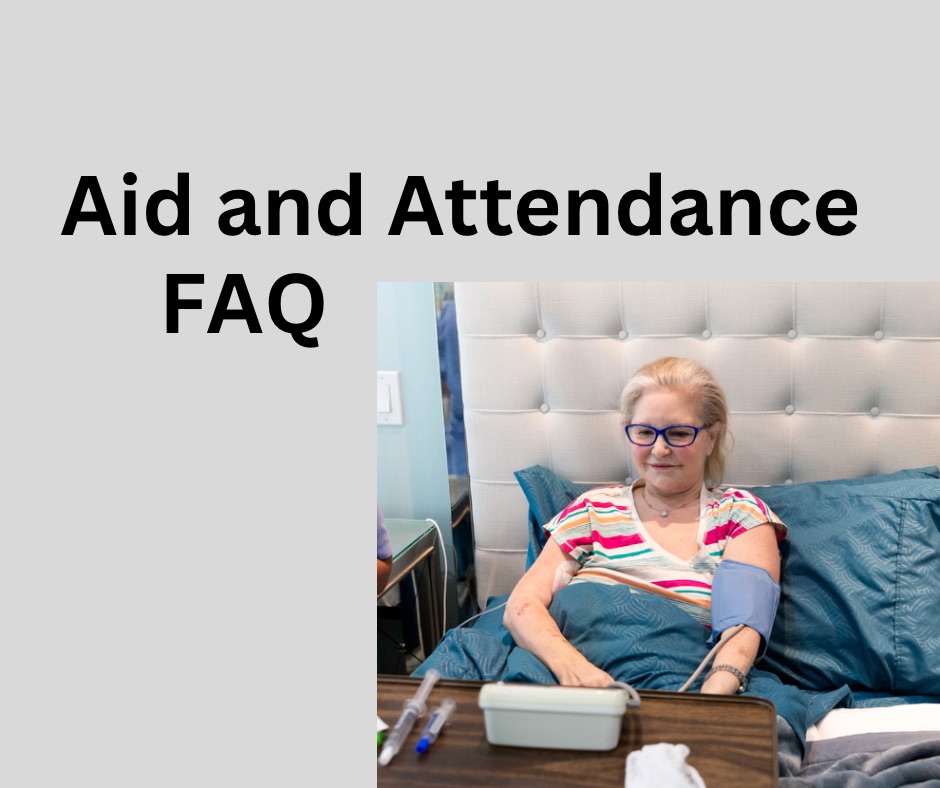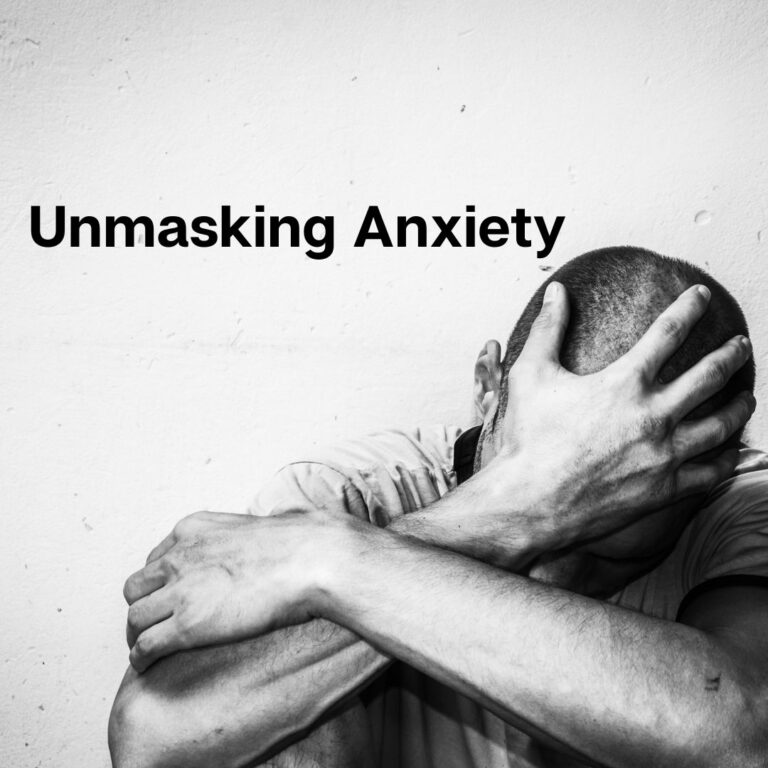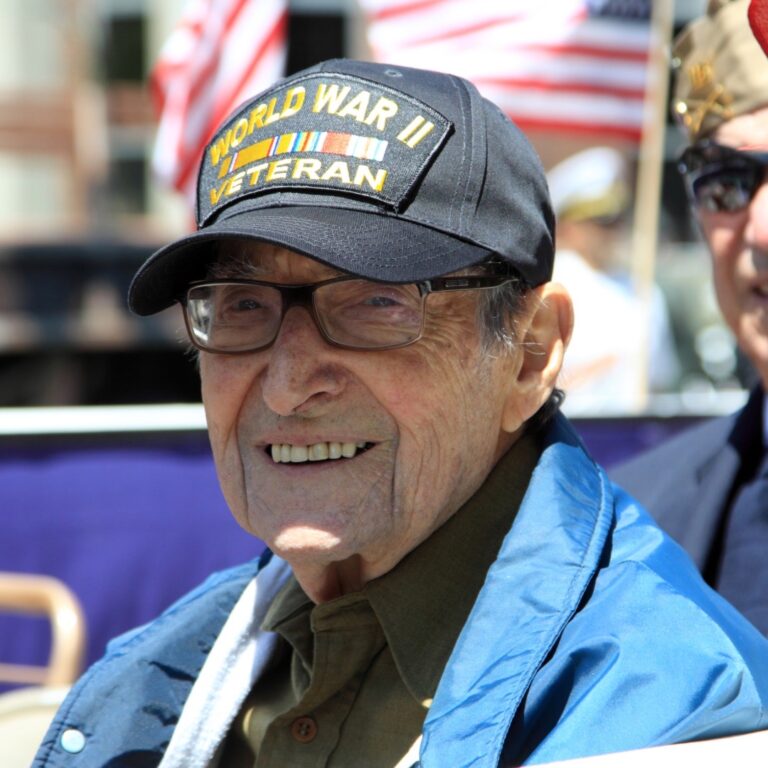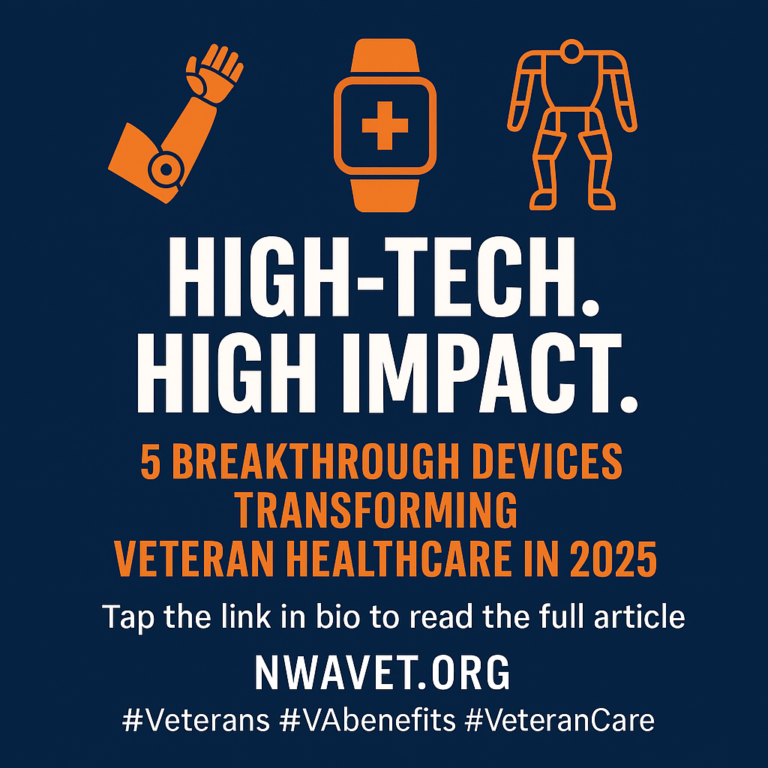FAQ: Aid and Attendance
Aid and Attendance is one of the subjects that Veterans and their families tend to have a lot of questions about. Today we thought we would address some of these questions.
What are Aid and Attendance benefits?
Aid and Attendance (A&A) is a benefit provided by the U.S. Department of Veterans Affairs (VA). It is designed to help eligible veterans and their surviving spouses who require assistance with daily living activities. This benefit is available to those who need the aid of another person for activities like bathing, feeding, dressing, managing medications, or other personal care needs due to physical or mental incapacity.
Aid and Attendance is paid in addition to monthly veteran pensions and is meant to cover the additional costs associated with necessary in-home care or care in an assisted living facility. To qualify, veterans must meet certain service, income, and medical criteria.
Are Aid and Attendance benefits taxable?
No, Aid and Attendance benefits, like other VA disability benefits, are not taxable. This means that recipients do not need to report these benefits as income on their federal income tax returns. This tax-free status helps maximize the financial assistance available to veterans or their surviving spouses who need additional care.
Are Aid and Attendance benefits retroactive?
Yes, Aid and Attendance benefits can be retroactive. The amount of retroactive benefits a veteran or their surviving spouse might receive depends on the date the VA receives the application compared to the effective date of the entitlement. Typically, the effective date is the first day of the month following the application’s submission. This means if a veteran is found eligible, they can receive benefits dating back to this effective date, potentially resulting in a lump sum for the accrued benefits from that date until the claim is approved. However, it’s important to note that processing times can vary, and sometimes it might take several months for an application to be processed and approved.
What can aid and attendance benefits be used for?
Aid and Attendance benefits are designed to help cover the additional costs associated with the care needs of eligible veterans and their surviving spouses. These benefits can be used for a variety of purposes related to care and living expenses, including:
1. In-Home Care: Hiring professional caregivers to assist with daily living activities at home.
2. Assisted Living: Costs associated with living in an assisted living facility that provides help with daily activities and medical needs.
3. Adult Day Care Services: Expenses for daytime care in a supervised setting, which can provide social activities, meals, and general supervision.
4. Medical Expenses: Out-of-pocket medical expenses, including medications, medical equipment, and other health care needs.
5. Home Modifications: Costs related to modifying a home to accommodate disabilities, such as installing ramps or modifying bathrooms for easier accessibility.
The primary aim is to provide financial support to ensure the well-being and care of those who require regular assistance due to their physical or mental condition.
Can aid and attendance be used for assisted living?
Yes, Aid and Attendance benefits can definitely be used for assisted living expenses. This benefit is particularly valuable for veterans or their surviving spouses who require assistance with daily living activities and choose to reside in an assisted living facility. The additional funds from Aid and Attendance help cover the cost of services provided in these facilities, such as meal preparation, bathing, dressing, medication management, and other personal care needs. This support makes it more feasible for eligible individuals to afford the care they need in a supportive living environment.
Hopefully these have answered some of your questions about aid and attendance. If you have any questions we did not address, please feel free to drop a comment below or email us at info@nwavet.org.






